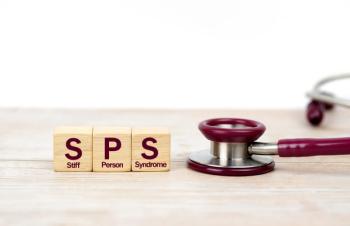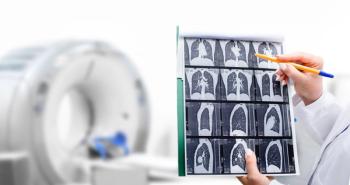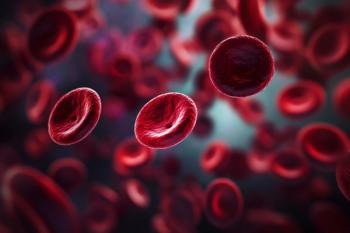
Management of EoE May Need to Be Rethought to Reduce Treatment Burden, Impact on Quality of Life
Therapeutic goals of reducing eosinophil counts below a certain level in eosinophilic esophagitis (EoE) has a marginal benefit for the impact on quality of life and treatment burden.
Currently, the goal of therapy for eosinophilic esophagitis (EoE) is to reduce the eosinophil count below a certain level, but this only provides a marginal benefit for the impact on quality of life and the treatment burden on patients, according to an article from researchers at the Children’s Hospital of Philadelphia and Perelman School of Medicine at the University of Pennsylvania.
The paper was
EoE is a type 2 inflammatory disease that progresses from inflammatory to fibrostenotic disease, which is the build-up of scar-like rings and strictures. This transition from chronic inflammation to fibrostenosis highlights “the need for early diagnosis and effective treatment to prevent long-term complications including poor growth, nutritional deficiencies, food impaction, stricture formation, and spontaneous esophageal perforation,” they wrote.
Esophageal fibrosis and other major complications of EoE are halted by decreasing the inflammatory burden in the esophagus, and current treatment goals are to get the eosinophil count below 15 eosinophils per high-power field (eos/HPF). At this time, it is unclear whether or not reducing the eosinophil counter further would be beneficial. Trials have shown that the therapeutic gains from decreasing below 15 eos/HPF are marginal.
Achieving low eosinophil counts can require significant medical resources, which is costly to patients, as well as burdensome services and lifestyle changes, such as endoscopies, medicals, diets and food substitutions, which can be expensive. As a result, EoE can significantly impact the health-related quality of life “resulting in disruptions to and restrictions on daily activities for patients, caregivers, and families.”
Current treatments include dietary restrictions and food elimination, proton pump inhibitors, swallowed topical corticosteroids and dilation of the esophagus. Dietary restrictions typically
Despite the current treatments,
Given that focusing treatment on further decreasing eosinophil count only provides a marginal benefit for the impact on quality of life and treatment burden, the researchers suggest eosinophil counts are interpreted on a per patient basis, taking into account symptoms, history of complications, prior interventions, and more. All of this taken together can inform future management and treatment goals.
“Further research investigating these drivers of inflammation has the potential to transform our understanding of EoE and its clinical management,” they concluded.
Newsletter
Get the latest industry news, event updates, and more from Managed healthcare Executive.


















































